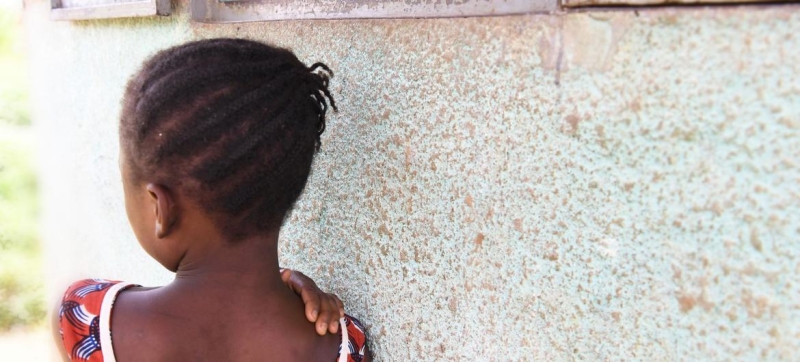
Children are being sold for sexual exploitation, forced into marriage, recruited as soldiers and used in supporting roles in combat. New UN study sheds light on links between child trafficking and child abuse in armed conflict Human Rights
Armed conflict exposes children around the world to serious abuses, with war also increasing the risk of being trafficked. A new UN study released on Thursday suggests that existing anti-trafficking mechanisms can be used to prevent and respond to violations against children in armed conflict.
The study was prepared by the Office of the Special Representative of the Secretary-General for Children and Armed Conflict in close consultation with Siobhan Mullally, the Special Rapporteur on trafficking in persons.
Major types of violations of children’s rights in conflict
“This study shows how child trafficking intersects and interacts with six grave violations [against children],” said Special Representative Virginia Gamba. In accordance with Security Council Resolution 1612, the United Nations collects and verifies data on six grave violations against children in armed conflict: recruitment, killing and maiming, rape and other forms of sexual violence, attacks on schools and hospitals, abductions, and denial of humanitarian access.
Child trafficking has long been used by parties to armed conflicts as a tool of control and terror, with serious abuses. Children can be sold for sexual exploitation, forced into marriage, recruited as soldiers, and used in combat in supporting roles.
For this study, the experts focused on seven countries and geographic areas: Colombia, the Lake Chad Basin, Libya, Myanmar, South Sudan, Syria, and Ukraine.
For example, in South Sudan, the recruitment and use of children by the country’s armed forces and armed groups, as well as the recruitment of children by non-state armed groups in Colombia, were a form of child trafficking, the experts noted.
In Syria, ISIS militants have abducted Yazidi girls and subjected them to sexual violence and exploitation.
Kachin girls (a people living in northern Myanmar, – editor’s note), who were forced to flee their homes as a result of the conflict, subsequently became victims of human trafficking and were sent to China, where they were forcibly married.
In Ukrainian territories, “attacks on hospitals and clinics have prevented the provision of medications, including emergency contraception, and limited access to services related to the clinical management of cases of rape.”
Gaps in Child Protection Policy
The study highlights gaps in child protection policy and practice.
“We hope that this study will lead to the necessary changes in practice, increased prevention and protection measures [for children] and, ultimately, accountability,” said Mullally.
Recommendations
The study offers specific recommendations for governments, parties to conflict, and UN agencies. The recommendations include not punishing children who are victims of violations and trafficking, ensuring long-term protection for victims, including by addressing poverty and gender inequality, ensuring universal registration of all children, and ending statelessness.
The authors also recommend that the UN adapt its monitoring and reporting system to better document the links between child trafficking and abuses against them.
The UN hopes that the study will help change the situation and contribute to a more effective fight against crimes against children.
